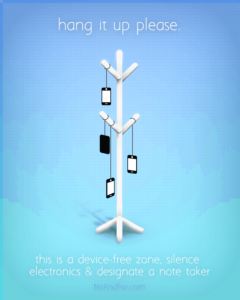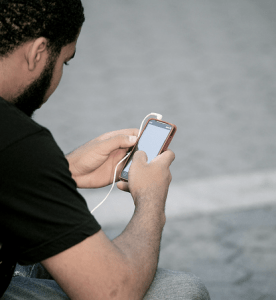
Bible App: Getting 100M Downloads is Psychology, Not a Miracle
It’s not often an app has the power to keep someone out of a strip club. But according to Bobby Gruenewald, CEO of YouVersion, that’s exactly what his Bible app did. Gruenewald says a user of his app walked into a business of ill repute when suddenly, out of the heavens, he received a notification on his phone. “God’s trying to tell me something!,” Gruenewald recalled the user saying, “I just walked into a strip club — and man — the Bible just texted me!”
YouVersion recently announced its Bible app hit a monumental milestone — placing it among a rare strata of technology companies. (more…)





